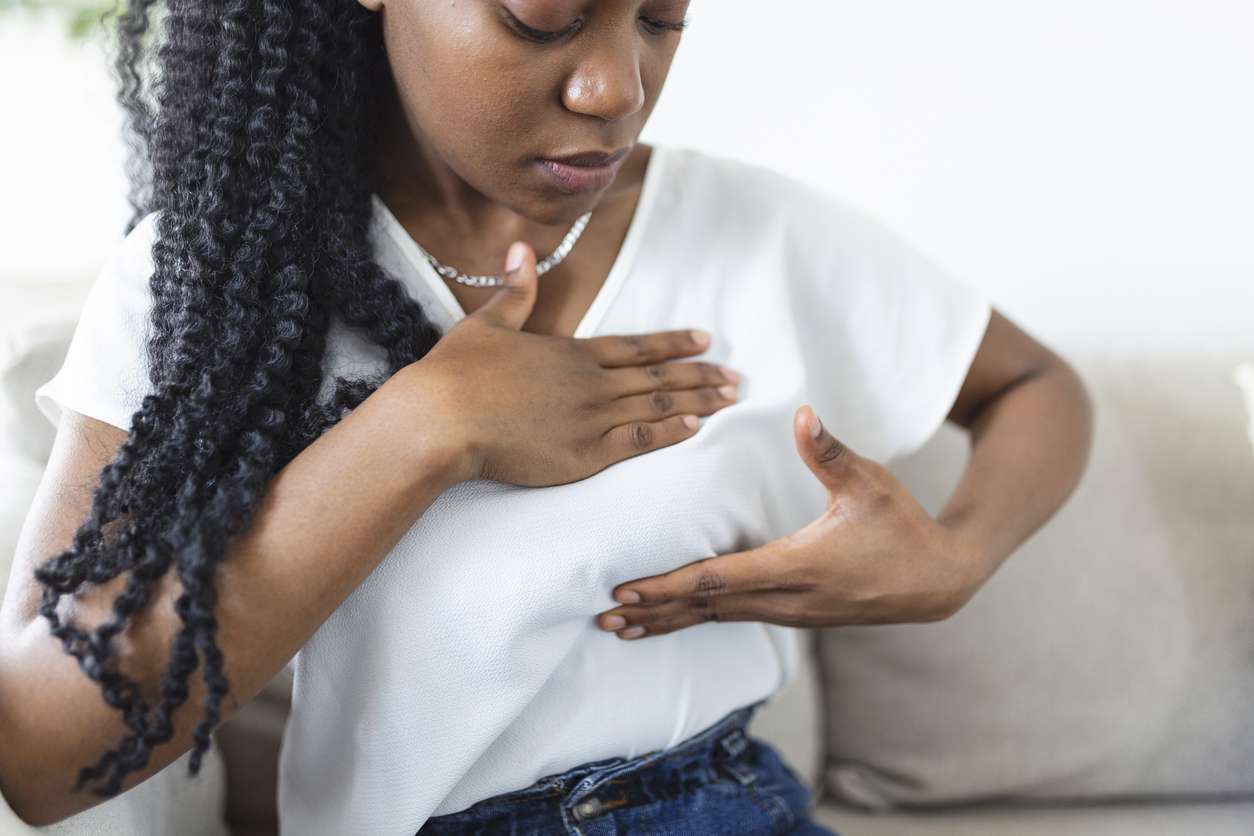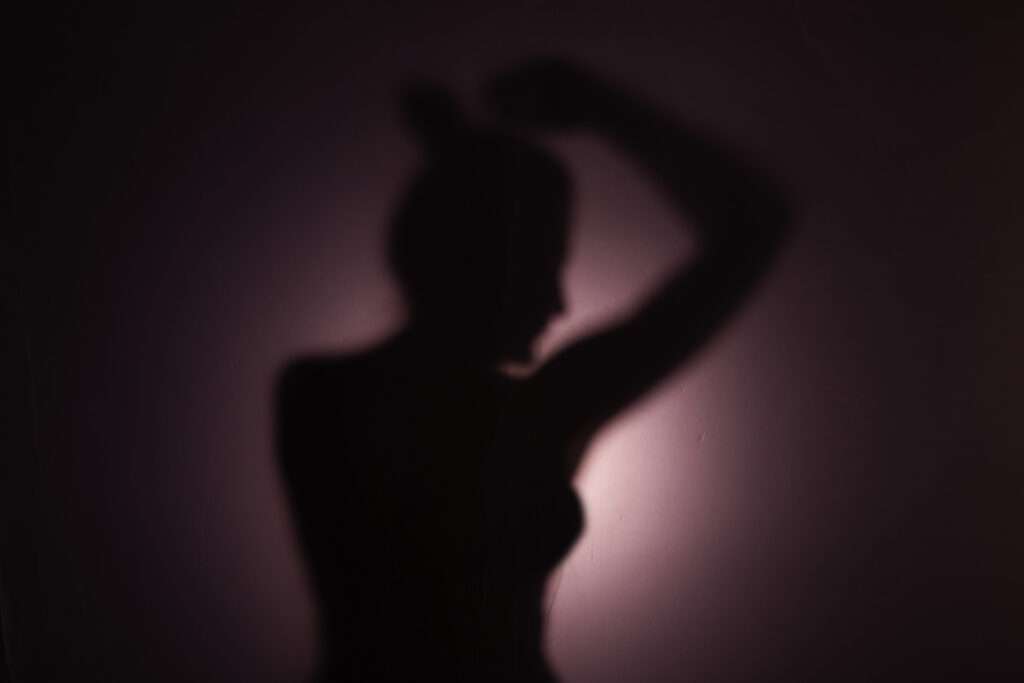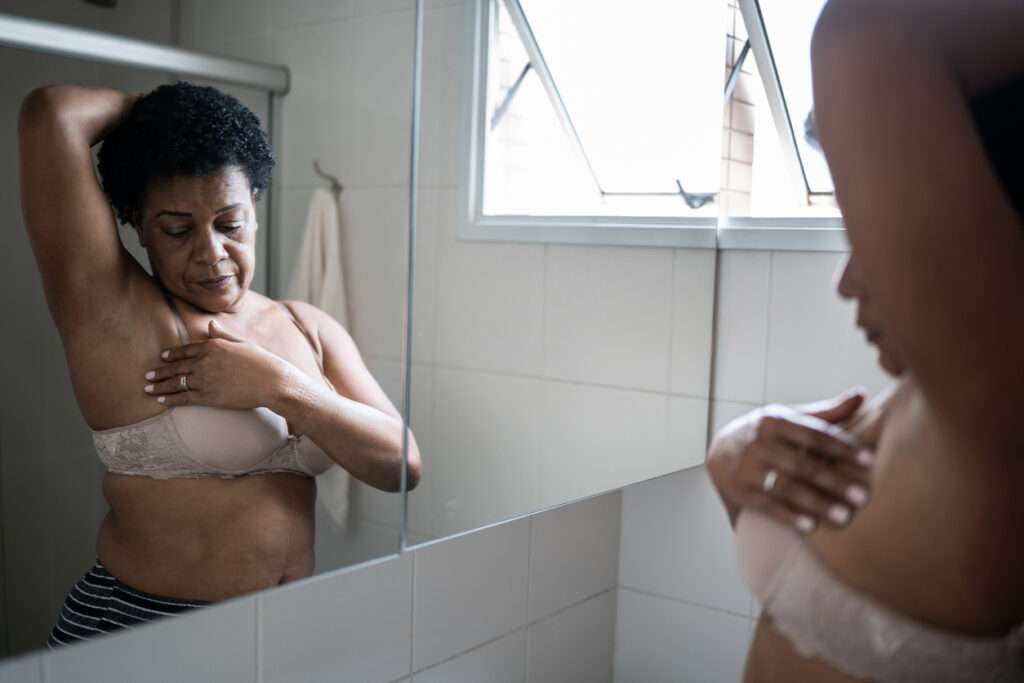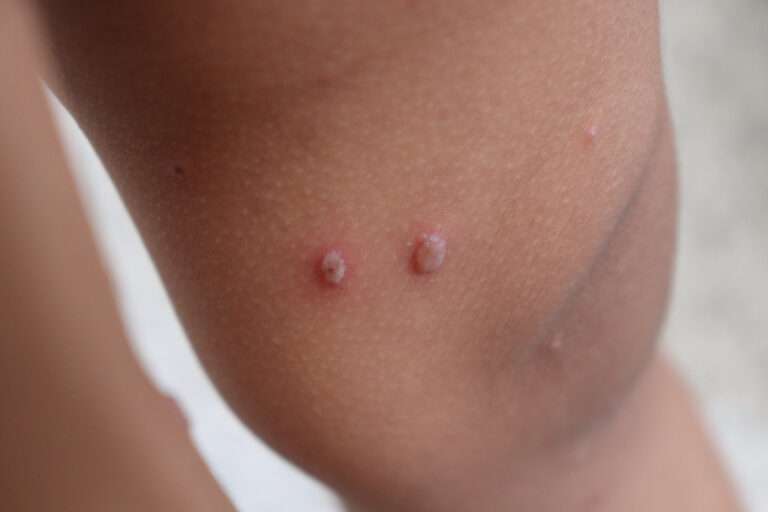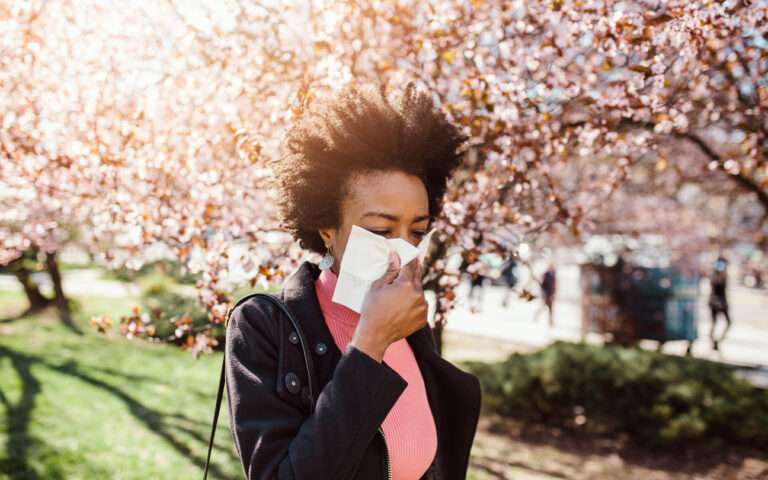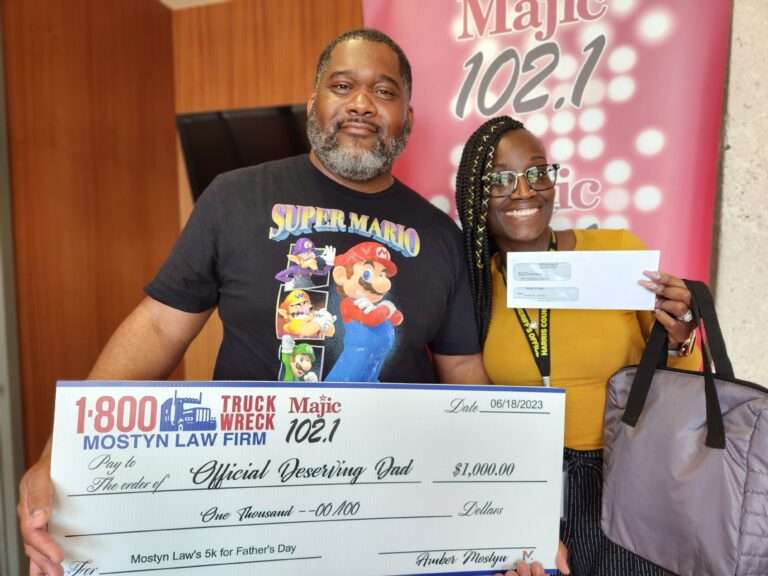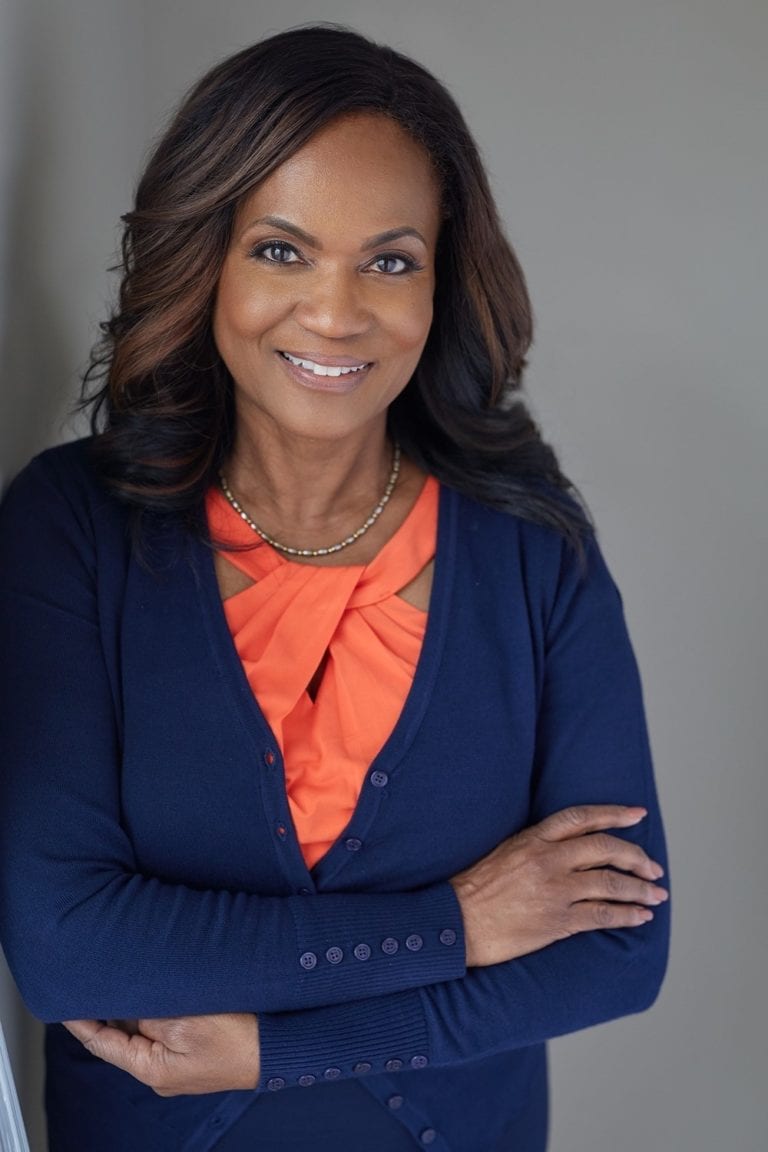Have you ever found a lump while doing a breast self-exam, or just by happenstance? Even though most lumps are benign, discovering one often elicits fears of breast cancer — and triggers an urgent call to the doctor’s office.
Health experts at Houston Methodist say these are the top questions about breast lumps and what to expect should you encounter one:
What kinds of lumps are normal in breasts?
A mass or growth of cells in the breast is called a breast lump or breast mass. There are several types of benign, or noncancerous, breast lumps to be aware of.
“Breast masses present distinct characteristics across women under 30, those aged 31 to 50, and those over 50,” said Dr. Michelino Scarlata, a breast surgical oncologist with Houston Methodist.
Types of benign breast lumps
Breast abscess
An abscess can develop in a breast due to an infection, forming a firm, pus-filled lump. Abscesses can feel tender and be accompanied by other symptoms such as fever and fatigue.
Breast cysts
This type of lump is a fluid-filled sac that develops in the breast tissue, often in the milk ducts. Cysts typically affect women between the ages of 35 and 50 and are most frequent in those approaching menopause.
This type of lump can seemingly appear out of nowhere, feeling soft or hard. Breast cysts can feel tender and get larger before a woman’s period. Breast cysts can be deep in the breast, where they may feel hard. Breast cysts closer to the outside of the breast have a blister-like quality, where they feel fluid-filled and smooth.
Fibroadenomas
This type of breast lump can happen to women of all ages, but is very common in 20- and 30-year-olds. For women younger than 25, it’s almost a given that a lump is a fibroadenoma rather than breast cancer. Made of fibrous and glandular tissue, this type of lump feels solid, firm, but not tender. There may be tenderness around menstruation (getting your period), however. This type of lump generally can move when touched. Women receiving hormone therapy during perimenopause and menopause may also experience this type of breast lump.
Fibrocystic changes
With “fibro” as the prefix, it may seem like fibrocystic changes and fibroadenomas could be the same thing. Fibrocystic changes are cysts, meaning they are filled with fluid, and are surrounded by fibrous tissue. Fibroademas are made up of tissue. Fibrocystic changes are common culprits in breast tenderness and breast lumps. These cysts can develop when breast tissue, glands and ducts overreact to hormonal changes during ovulation. These lumps can increase in size before menstruation and decrease as the cycle ends. Common in women ages 20 to 50, the condition generally ends at menopause.
Galatocele
This type of lump is commonly known as milk retention cysts. These are most often caused by blocked milk ducts.
Hematoma
This type of lump is filled with blood, caused by trauma or injury to a breast or can happen after breast surgery.
Lumps caused by fat necrosis
This condition can create breast lumps from damaged or decomposing fatty tissue breaking down in the breast. Fat necrosis most often affects women with larger breasts or who have experienced trauma to a single or both breasts. The condition can develop after a lumpectomy and radiation from previous breast cancer treatment.
Sclerosing adenosis
Sclerosing adenosis, a condition where the milk-producing glands of the breast, lobules, become enlarged with excess scar tissue. The condition can cause painful lumps and can show up on a screening mammogram as a calcification.
While it’s more likely that a breast lump is benign than cancerous, especially in younger women, Dr. Scarlata says it’s still important to be evaluated for early breast cancer detection.
“Given the rising incidence of breast cancer with age, the evaluation process tends to become more aggressive. Statistically, approximately nine out of ten new masses detected in premenopausal women are benign.”
Where are most abnormal breast lumps found?
Are there areas we should pay closer attention than others when completing breast-exams?
“While breast cancer lumps have the potential to emerge in any area of the breast, they frequently originate in the upper outer quadrant (approximately 70%) adjacent to the armpit. In males, breast cancer lumps typically manifest near or beneath the nipple.
How do you tell if a lump is a cyst?
Is there any way for you to tell, just by feeling, if your lump is a cyst?
“Patients often find it challenging to differentiate between a breast lump caused by a cyst and one indicating a more serious condition,” Dr. Scarlata says. “Typically, premenopausal women who detect a fluctuating breast lump during self-examination, especially in relation to menstrual cycles, are likely dealing with a cyst. However, further imaging studies to confirm the diagnosis are advised.”
Does the location of a breast lump matter?
Near the nipple. On the outer edge. Is there a part of the breast that if we feel a lump, we should press the panic button?
“For women, the specific location of a breast lump is not crucial, as cancer can potentially arise anywhere in the breast,” Dr. Scarlata says. “However, cancer is often identified in the outer upper region of the breast. In males, the location of the lump is significant, as a presence along the nipple-areola complex raises concerns about cancer until proven otherwise.”
What does a cancerous breast lump feel like in a breast?
It can be difficult to gauge whether a breast lump is benign or cancerous by touch, so Dr. Scarlata suggests looking at other symptoms that may accompany experiencing a lump.
“In menstruating women, breast tissue commonly feels irregular, but the focus should be on identifying masses that stand out from the normal texture during self-examination or physical examination,” Dr. Scarlata says. “Characteristics to note include masses adhered to the skin or underlying muscle, tenderness, hardness, and irregularity of lump margins. Additionally, attention should be given to lumps accompanied by skin changes or nipple discharge.”
What kinds of lumps should you worry about?
If there’s anything that’s out of the ordinary for how your breasts usually feel, Dr. Scarlata recommends talking to your doctor and asking to get a mammogram.
“Dense breast tissue is commonly found among young women and usually does not correlate with the presence of lumpy breast tissue,” Dr. Scarlata says. “Consequently, the discovery of a lump warrants additional investigation through imaging studies. Dense breast tissue cannot be detected by women during self-breast examinations or by health care providers during clinical breast examinations. Determining whether a woman has dense breasts requires evaluation by a radiologist examining a mammogram.”
By: Houston Methodist


